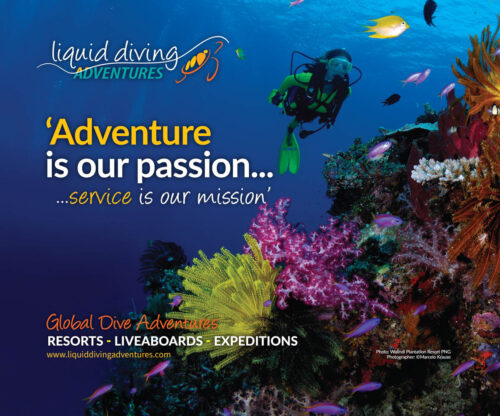In one of the wildest maritime stories to ever reach the mainland, the Colombian Navy has announced they intercepted six “narco subs” carrying over $8 billion in drugs.
The six-week international operation involved 62 countries, including the United States, Australia, and several countries in the European Union.
The bust is a global record for both the volume of drugs, the number of countries involved, and the sophistication of the vessels used to transport the illicit goods.
The six semi-submersible vessels were transporting at least 225 metric tons of cocaine and 128 tons of marijuana from South America to Australia.
One of the intercepted subs, captured near Clipperton Island, France, was en route to Australia with 5 tons of cocaine aboard. The vessel had enough fuel for the 10,000 mile (16,000 km) journey and was the third vessel intercepted along the same route.
In total, “Operation Orion” led to the seizure of 1,400 tons of drugs with more than 400 people arrested around the globe.
“The first was discovered in Colombian waters, and thanks to the maps it carried, we identified the route,” said Vice Adm. Orlando Enrique Grisales of the Colombian Navy, at a news conference. “That’s when we began working with Australian authorities.”
Police believe it’s a new route across the Pacific Ocean — one that allows for more connections with multiple countries in order to expand the illicit drug’s reach around the globe. The operation ran from October 1st to November 14th.
This is perhaps the largest seizure of cocaine in transit made by Colombia in history. 14 tons of cocaine. Congratulations to the Navy,” said Colombian President Gustavo Petro on/Twitter. He also added in another post that “The new destination for cocaine is not only Australia, but also China and India.”
Australia is one the world’s largest markets for cocaine, where a single kilogram can sell for well over $200,000 Aud. That figure is roughly six times the price in North America, due largely to the increased distance and shipping logistics from South America. As authorities continue to narrow down the laneways where narco subs are passing through, more busts are likely to come.
Captain Manuel Rodríguez, director of the Colombian navy’s anti-narcotics unit, said Colombian drug traffickers typically only ship about 5 to 50 kg (11-110 lbs) to Australia by concealing the bundles inside containers in cargo ships. This bust marks the first time a narco sub has been found sailing to Oceania. The boat had left from Tumaco, a port city on Colombia’s pacific coast, before being intercepted off the small atoll in France.
In order to make the bust, partner nations pooled together boats, airplanes, and helicopters, as well as intelligence, to make a single large-scale coordinated maneuver.
Most narco subs are semi-submersible and are typically between 10-25 meters in length (32-82 feet). In the photos posted by the Colombian Navy, one of the vessels is powered with modern triple outboards — each pushing 250 horsepower.
The subs are typically designed to float at water level, thereby reducing their signature above water that can be detected by radar and infrared. The boats are designed in various ways, although Colombian traffickers have taken to building them in portions before bringing the individual pieces to be assembled along Colombia’s thick jungle coastline. With good camouflage and the ability to hide from authorities, the vessels are assembled and immediately loaded with cargo.
Some of their latest technological advancements include clever modifications like piping the boat’s exhaust along the bottom of the hull to cool it before venting it. This reduces the boat’s heat signature and makes it nearly invisible to infrared. Other tricks include painting the exterior fibreglass in dark blue paint and keeping the deck in line with the water level, making the boat nearly invisible to the naked eye.
Authorities estimate that the modern designs currently being employed by traffickers cost upwards of $2 million USD and take up to a year to build. Most are designed for a single trip before being abandoned at their destination, although authorities have also captured abandoned narco subs that ‘zinc bars’ used as anodes to reduce corrosion and increase the longevity of the boat. The subs typically move rather slowly, usually in 15-25 km/h range (10-15 mph), to maximize fuel efficiency.







